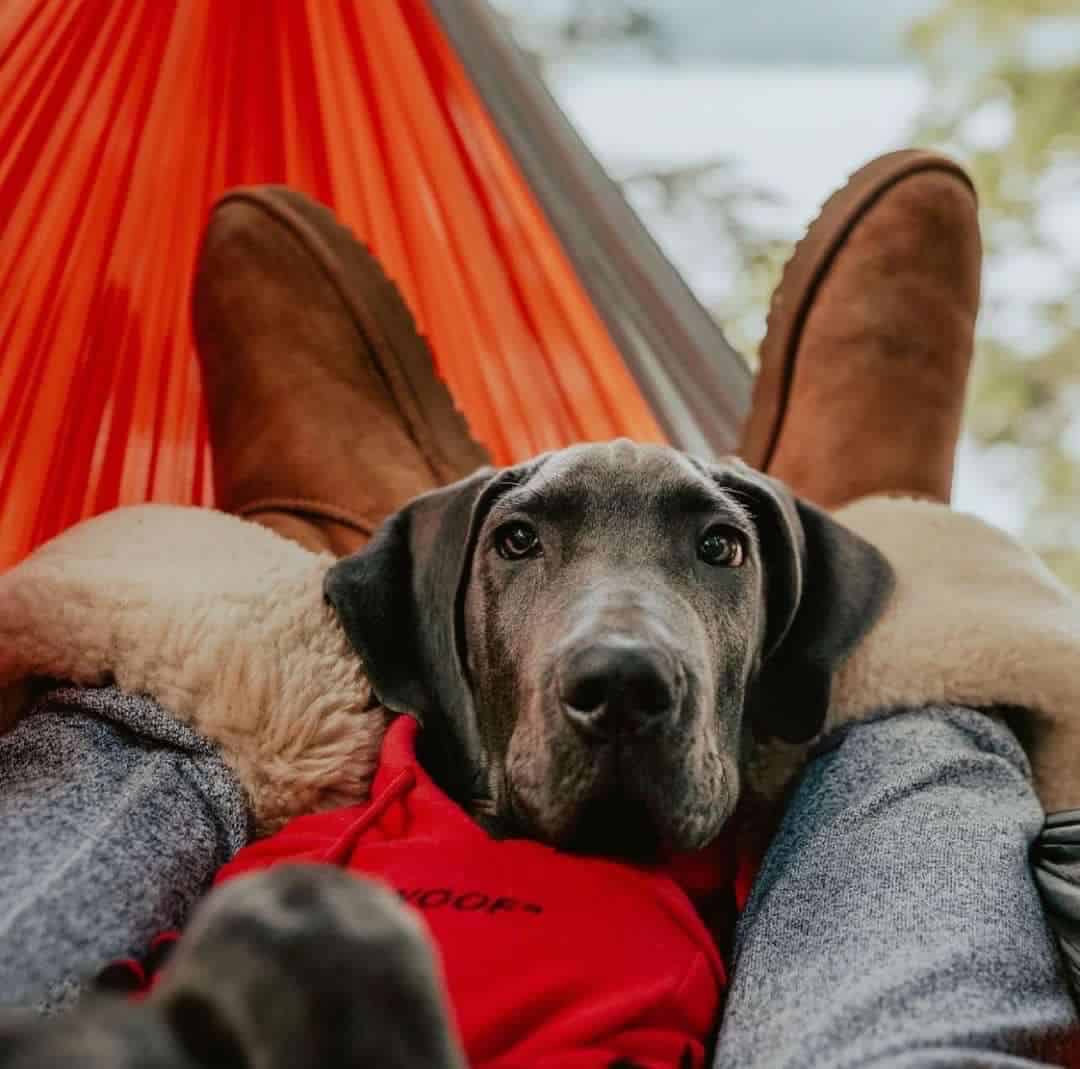By Tibby Plasse // Photography by Kristin Halsey
—
Hammocks might as well be the universal symbol of leisure. Sketches on cocktail napkins often depict a hammock swinging between palm trees with a summer hat peeking out on one side. This type of leisurely suspension is not just a simple reading reprieve, however. It’s actually quite functional and rooted deeply in certain cultures.
I was first introduced to hammock camping while traveling in Latin America. I wanted a minimal, but better, option than sleeping on the ground. (Just thinking about the diversity of spiders and bugs kept me up all night!) I opted for a hammock made from parachute cloth that folded into a pocket. I still have it, though one of my NRS straps is completely intertwined with the weave, so they are married for life. It no longer packs away neatly, but twenty-five years later, it’s still a family favorite.
An Essential Tool
I wish I had stumbled upon 24+ Ways to Use Your Hammock in the Field (Field Guide to Hammock Use) by Don Paul earlier. In his book, Paul says hammocks exceed the path-finder standard for carry-with-you gear.
“Hammocks blow rifles away! They trap for you, fish for you, hide you in camouflage, steady your rifle for long shots, store your gear, turn into stretchers, and carry a wide range of heavy loads anywhere,” he writes. “Of all the gear in the field you can’t do without, hammocks practically head the list.”
The origins of the hammock can be traced back to Central and South America where some theories state that Yucatán Peninsula fishermen used tightly woven fabric, instead of knotted ropes, as fishing nets. The nets doubled as beds, and served as protection from the ground creatures below.
During the end of the 15th century, it’s thought that Christopher Columbus introduced the hammock to western culture. Then, about a century later, this minimalist setup replaced the Royal Navy’s traditional wooden sleeping berths. The new bedding option rocked with the seas and saved room on deck.
Civilian use of the hammock gained popularity in the early 1900s as a way to enjoy the muggy climate of the Carolinas. South Carolinian riverboat captain Joshua John Ward is actually credited for the design of a well-known style, the Pawleys Island Hammock complete with spreader bars.

A Style for Everyone
Why are hammocks so effective? To be fair, usefulness depends both on the hammock’s style and the materials used.
The traditional Mayan hammock is made from a triple weaved cord. But, many looking for an alternative to a box spring and mattress opt for the Brazilian style, with its thicker, more cloth-like, design. The Venezuelan hammock—a backyard favorite—incorporates fringe and spreader bars.
Today, these traditional designs have morphed into several different models, and are offered in a wide range of hybrids. Each fabric—woven or rope—serves different purposes.
The gathered-end hammock is a descendant of the traditional Mayan design, and the most simplistic of the bunch. This style is made from tightly woven fabric that is gathered at each end.
The bridge hammock is modeled after the suspension bridge, and offers a head-to-foot flat lay. A spreader bar is incorporated into the design to reduce shoulder curvature.
A suspension hammock is non-confining with rising sides. This design uses less fabric, but is weighty due to the required framework.
Single-point hammocks are commonly used in mountain climbing, as their design works well for hanging off cliff faces. This style requires a high hang point, and has a crow’s-nest shape, so it’s rarely packed for regular camping trips.
The Sag-Factor
Considering the angles, layers, and connection points is important when shopping for a hammock. Typically, hammocks are 9 to 15 feet in length, and 4 to 10 feet wide, depending on its occupancy—single or double.
Leaning toward a wider and longer version might seem excessive, but sleeping in a hammock is not meant to be done parallel to the guyline. Instead, you should sleep diagonally to achieve better comfort with a flatter surface.
But if you’re going to find happiness while swinging in the trees, it really comes down to the right angle and the perfect sag. According to the hammock guru, Derek Hansen, author of “The Ultimate Hang,” an easy check for the perfect angle of 30 degrees is found at your fingertips.
“Point your hand out straight with your thumb extended. Draw an imaginary line from the tip of your thumb to your index finger to approximate 30 degrees,” he writes.
And the depth of the hammock’s sag (specifically for gathered-end hammocks) determines how flat you lay.
“Most hangers find a hammock ridgeline length of 100 inches about perfect. You can adjust the ridgeline to achieve the ‘right’ sag for you,” Hansen advises. The ridgeline (the cord that ties between the two ends of your hammock) is looped into the hammock’s suspension cords, connecting the two endpoints. It helps assure that the hammock isn’t too taut to enjoy.

Leaving No Trace
In the second volume of Hansen’s book, there are over 300 pages of knot variations, storage solutions, and suggestions for bunking hammocks in the same campground, as well as some key points about no-trace hammock use.
Webbing straps are one of his big suggestions, as webbing places less pressure on trees. Breakfast in bed is ill-advised while camping, as it breaks the “sleep 200 feet away from your kitchen” rule, and no one wants a four-legged wild resident lapping up crumbs under their bed. Also, be mindful of the surroundings you choose to swing in. Be sure you’re not set up near a disc golf course, if you’re inbounds. Take note of the surrounding plants (don’t hang your hammock near poison hemlock). And, consider where you’re putting your feet down when you disembark—look for ant hills, jagged rocks, and mud.
The wild consciousness of hammock use guarantees you can always find a reprieve in the woods—without bumping into others—just by setting up shop a little ways off the trail. So, ditch your tent for a sleep-under-the stars experience the next time you venture out camping. Trust me. It’s worth it.
Where to Buy Your Hammock:
- The Eno Double Nest packs up small into a pocket. Find it at Skinny Skis in Jackson. skinnyskis.com
- Teton Hammock Company in Idaho Falls will customize your hammock to spec. They also have made-to-order three- and four-season tarps to go over it. tetonhammocks.com
- Montana-based company, Beartooth Hammocks, designs its hammocks for resiliency and easy management with a unique custom strap system. beartoothhammocks.com
- Fancier-stay-in-place setups can be found in nearly every garden store, like MD Nursery in Driggs. mdlandscaping.com
